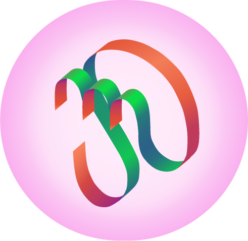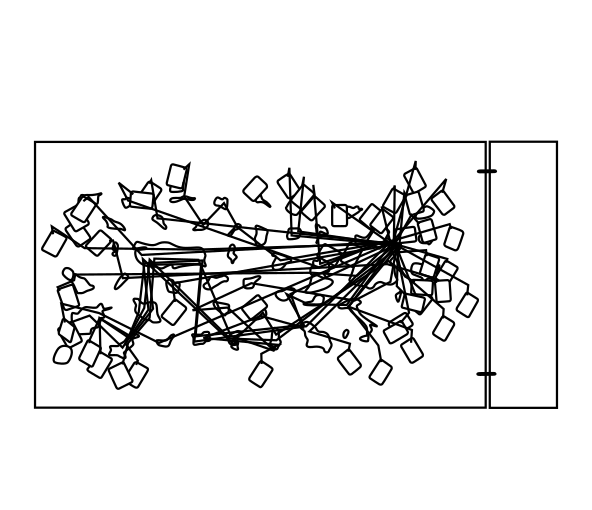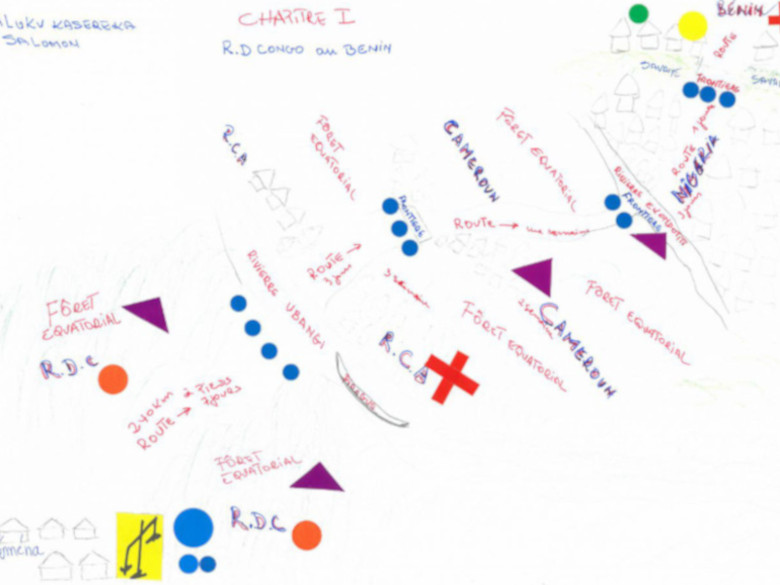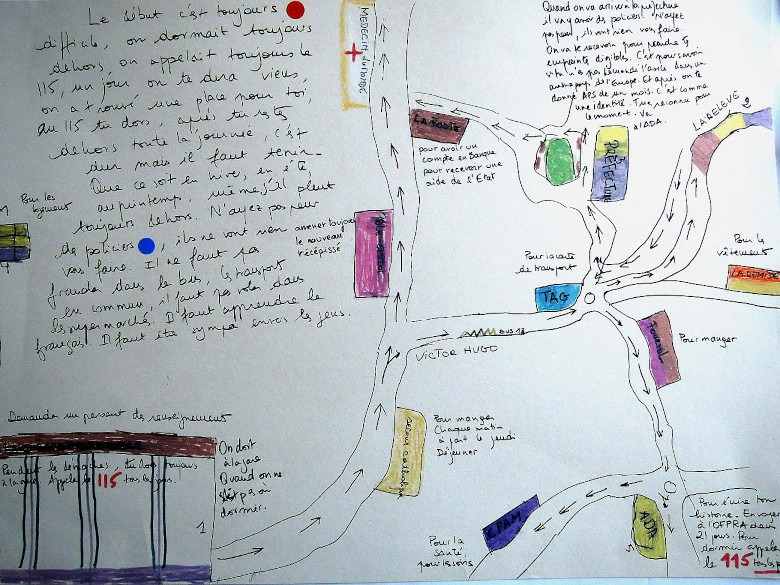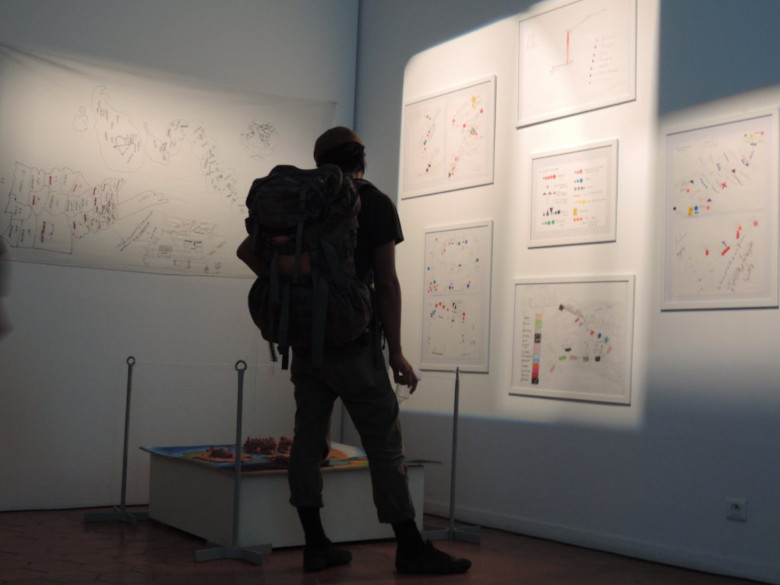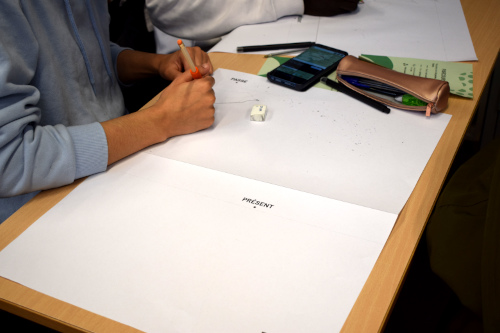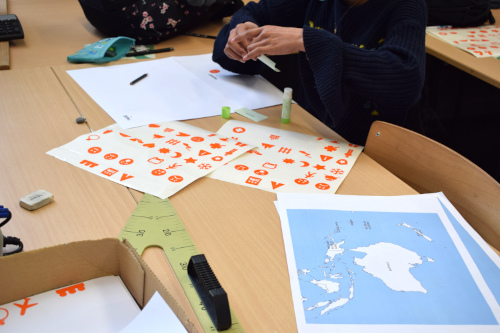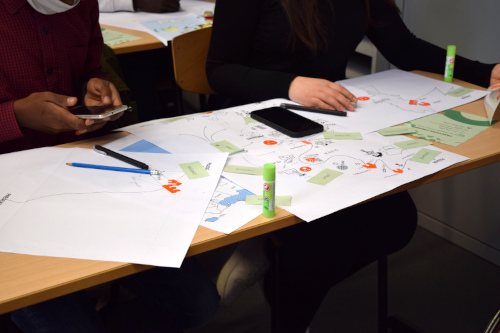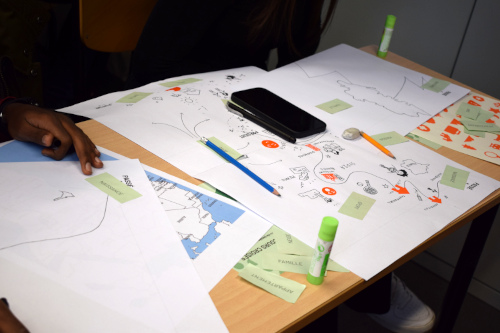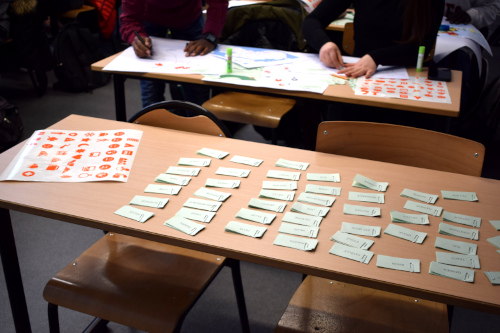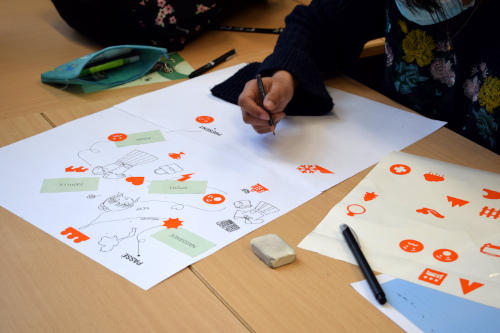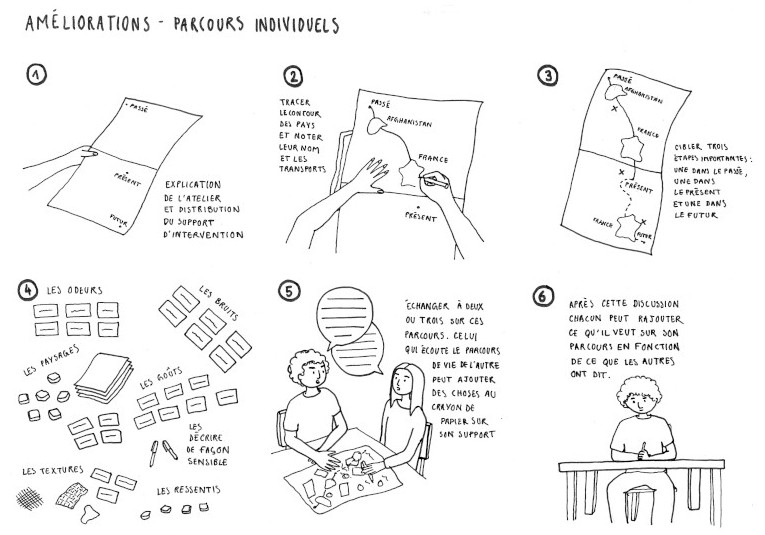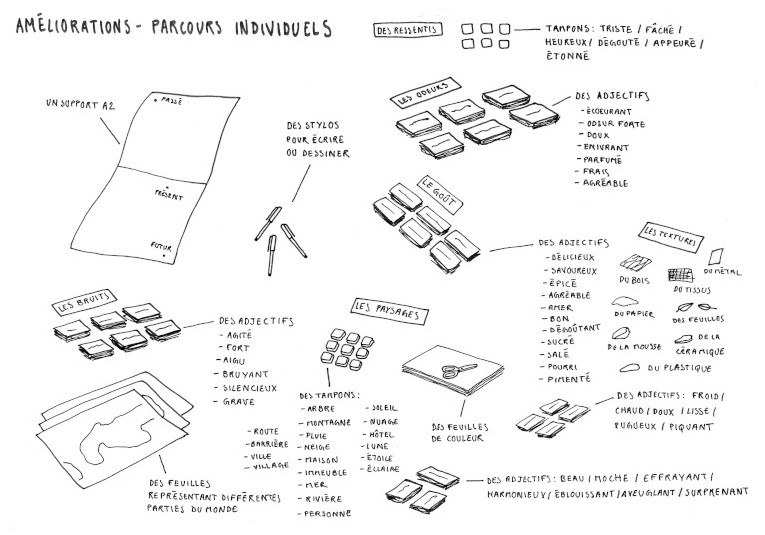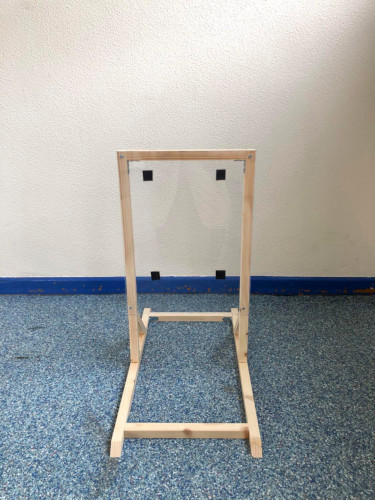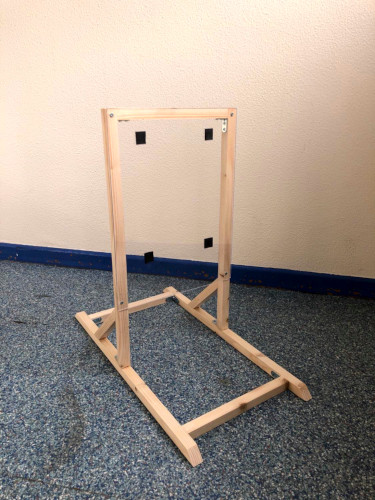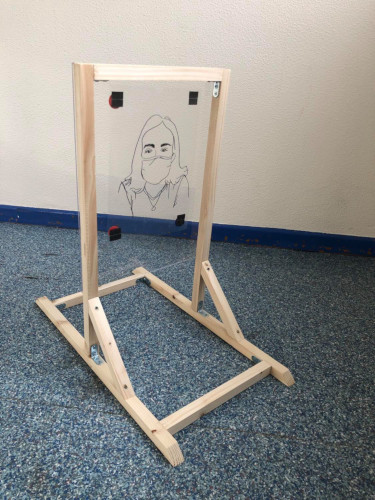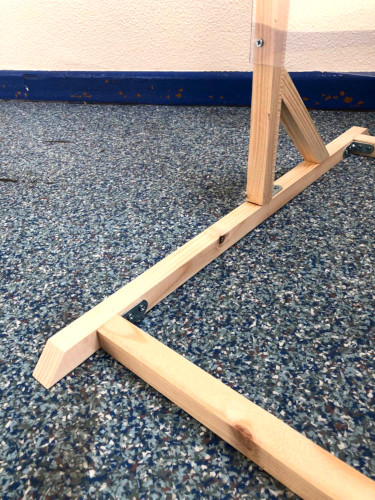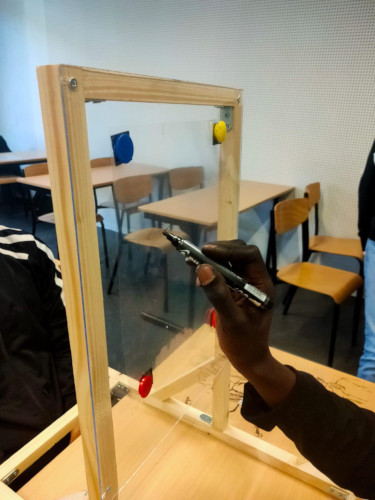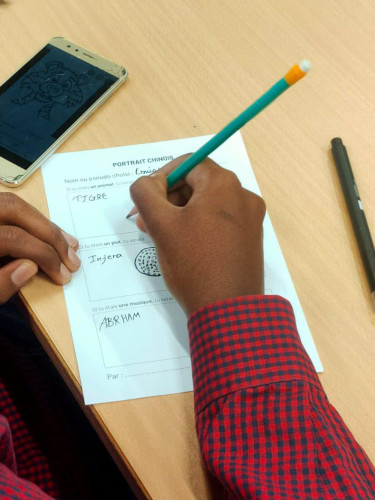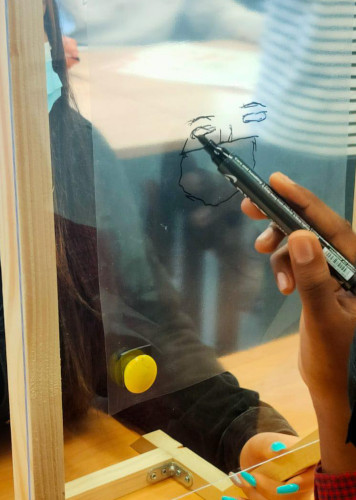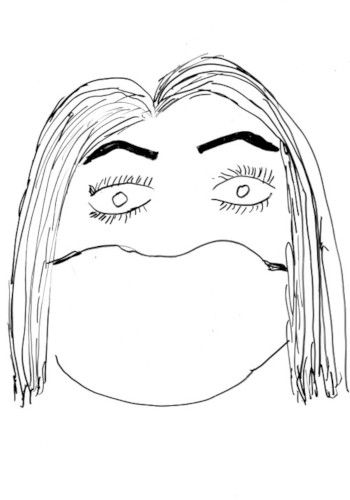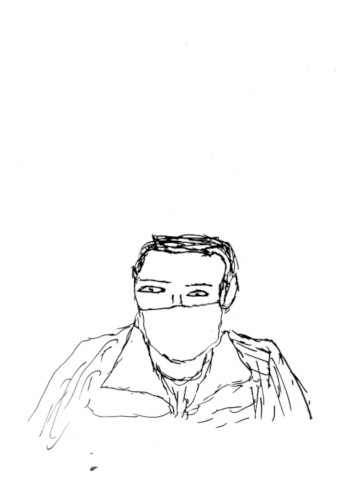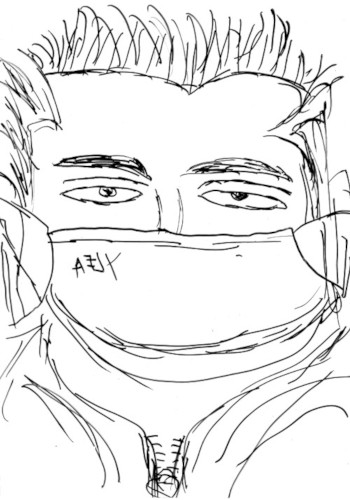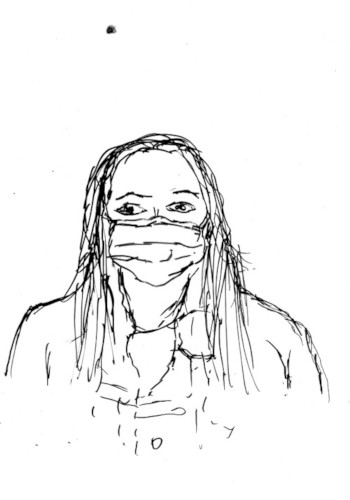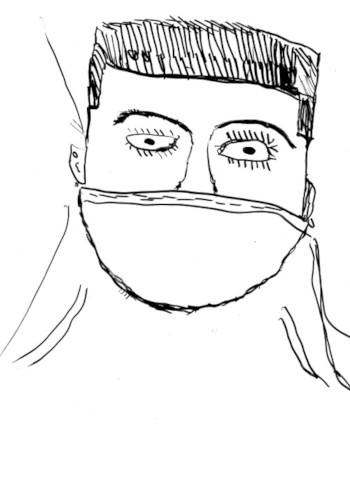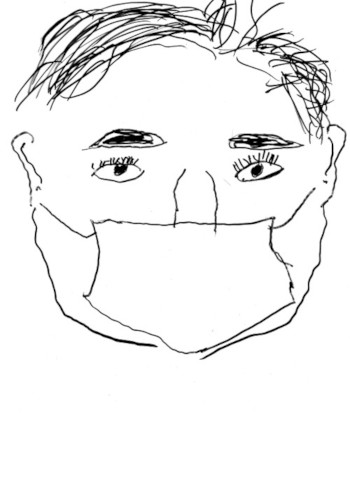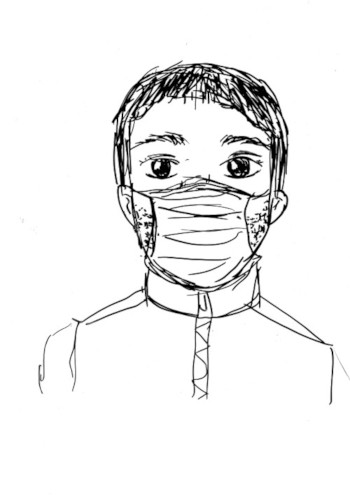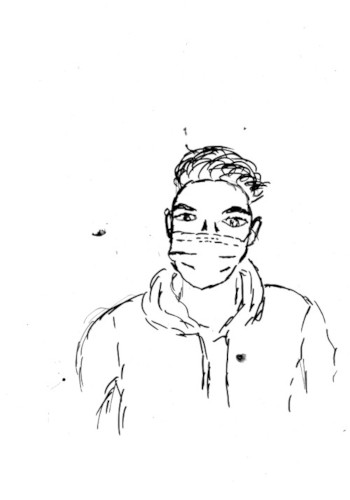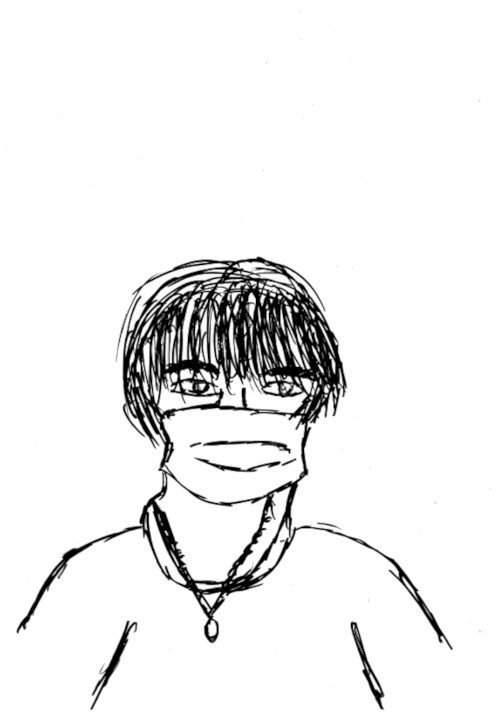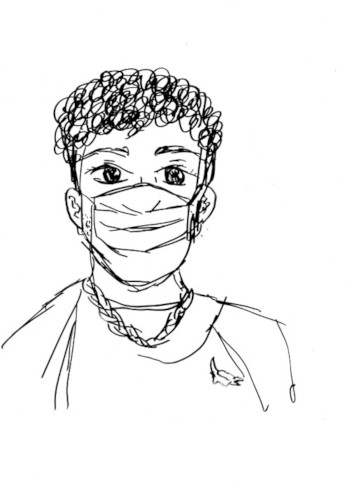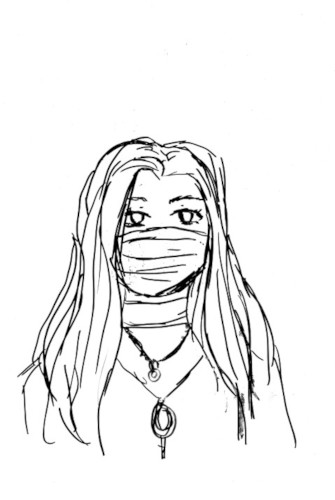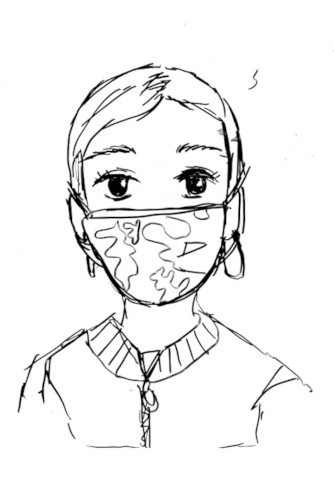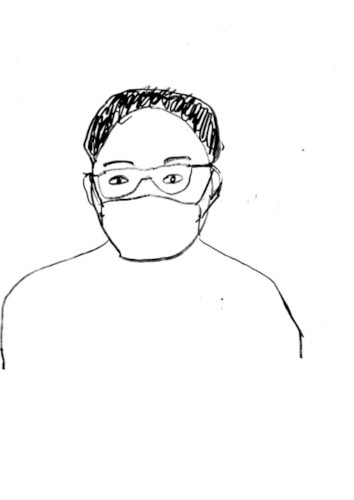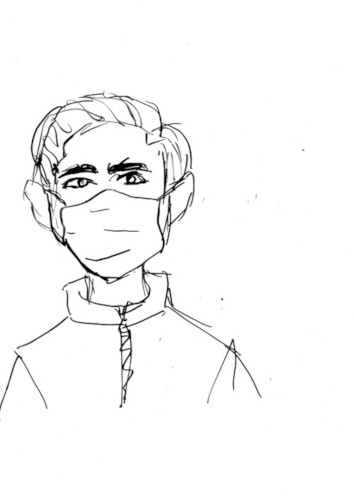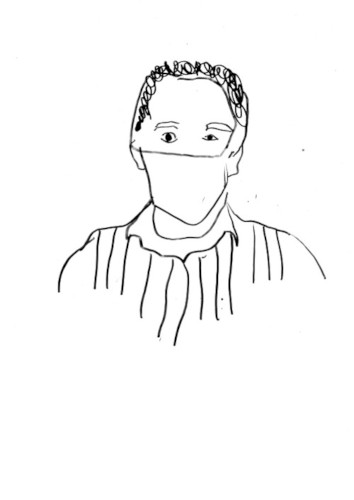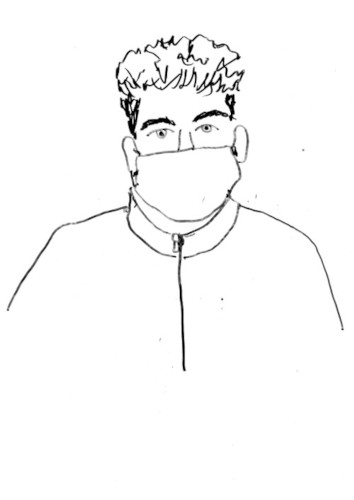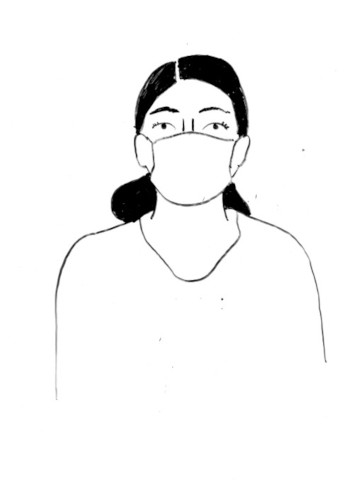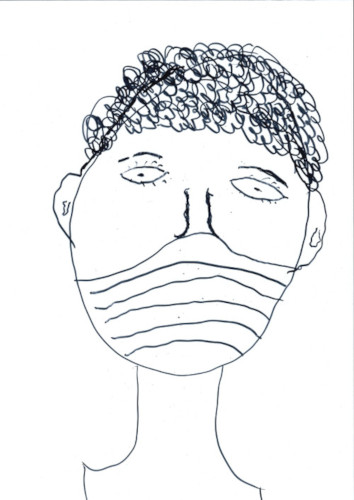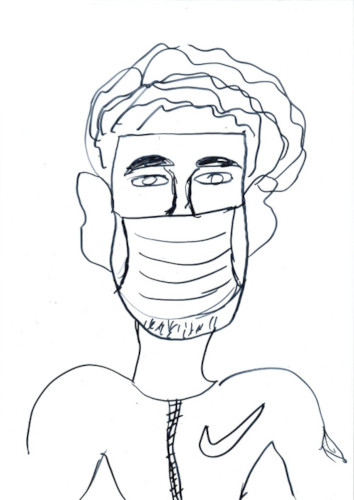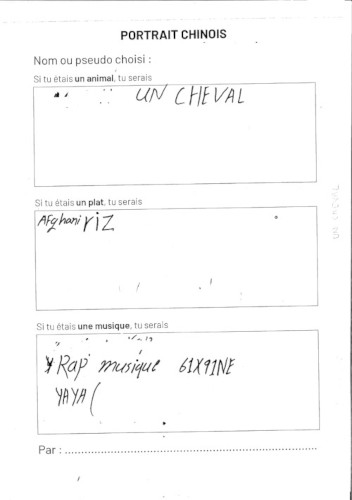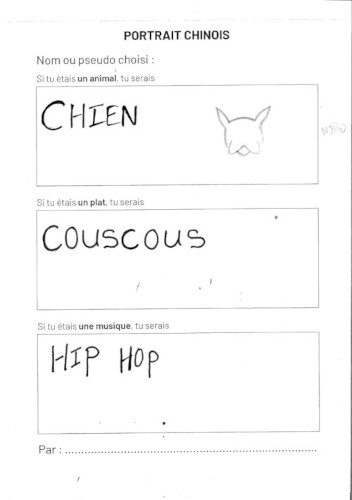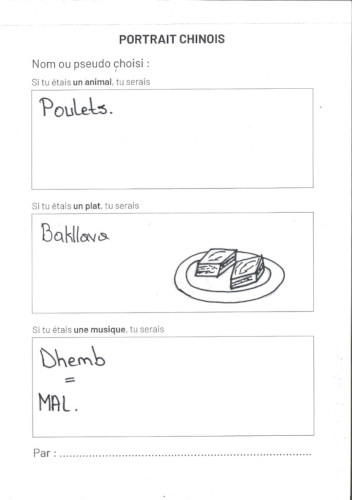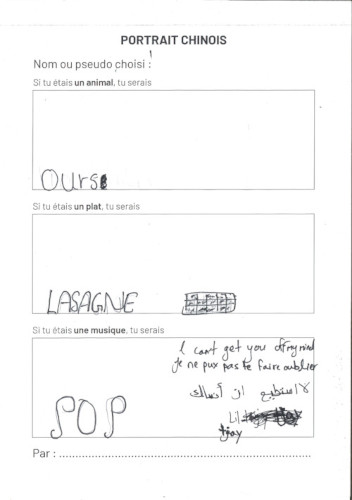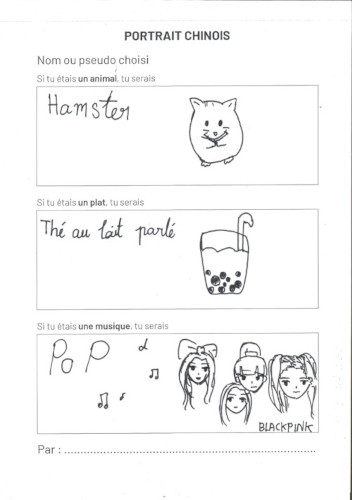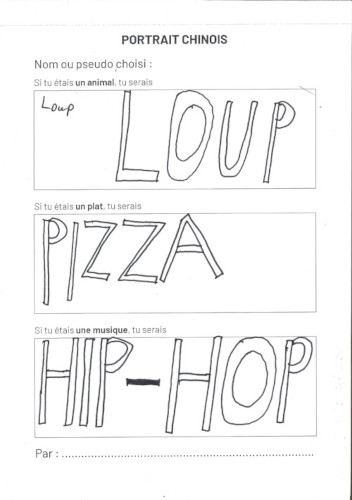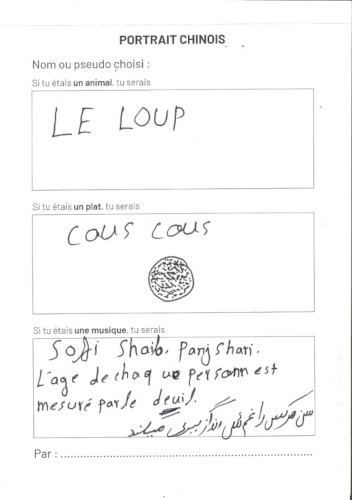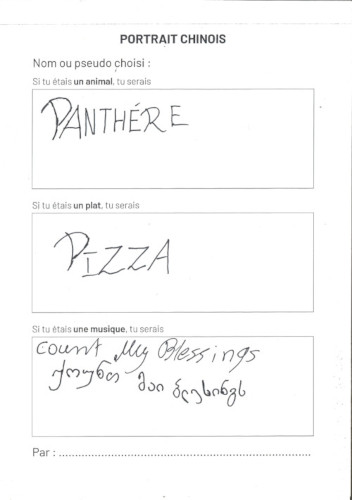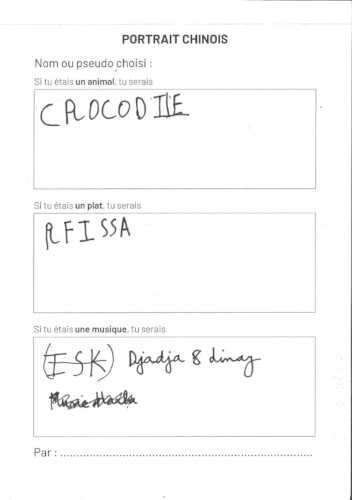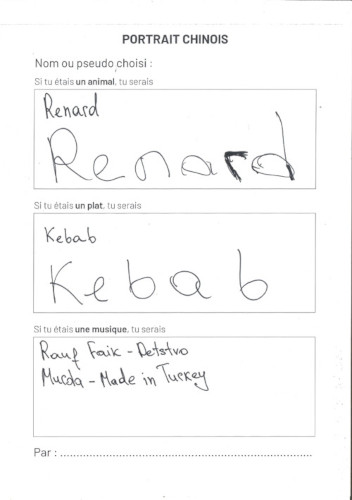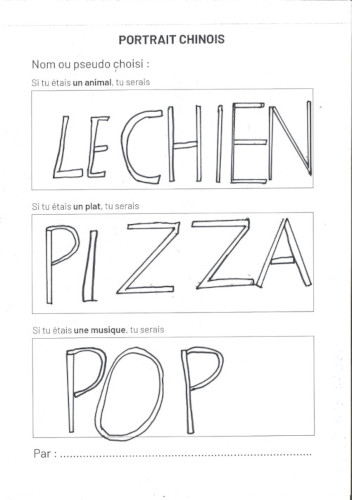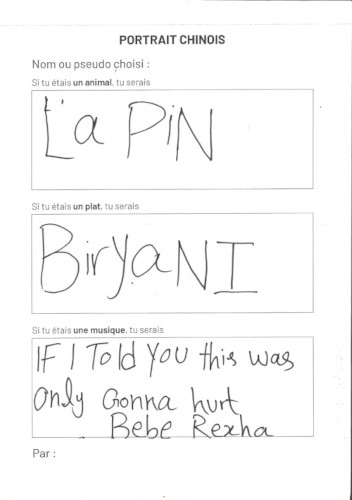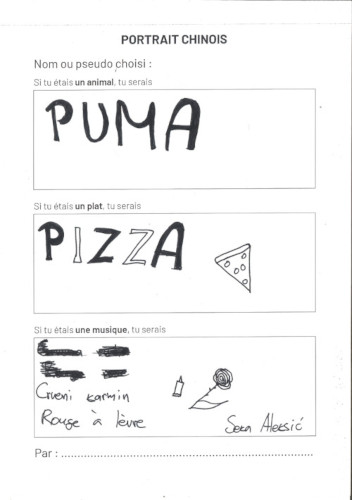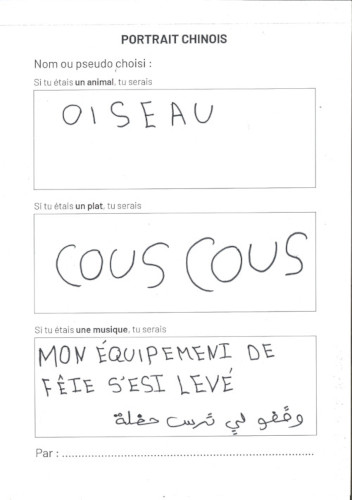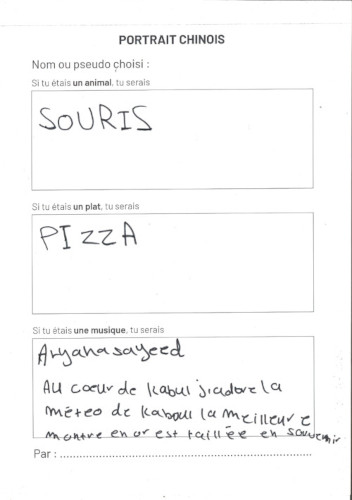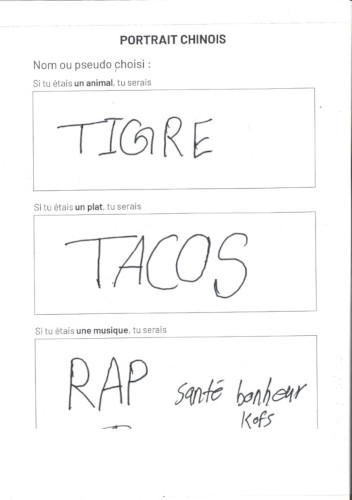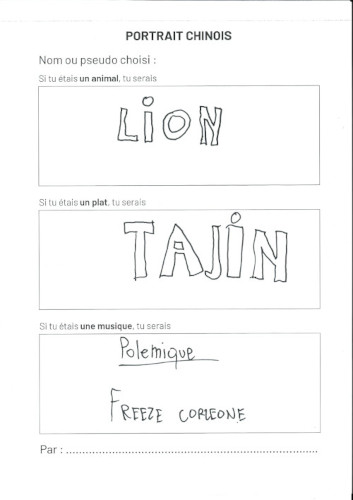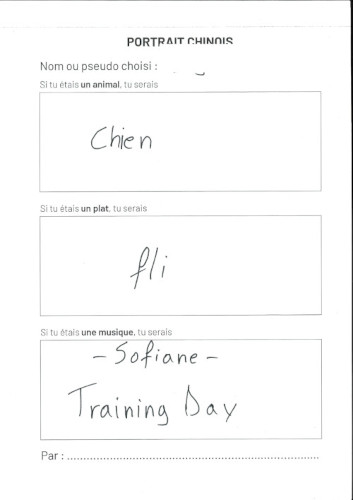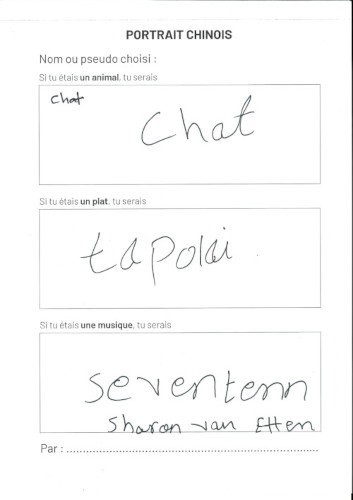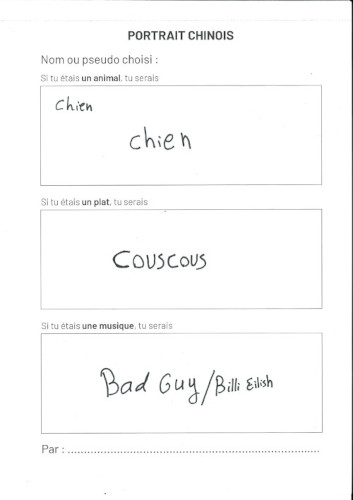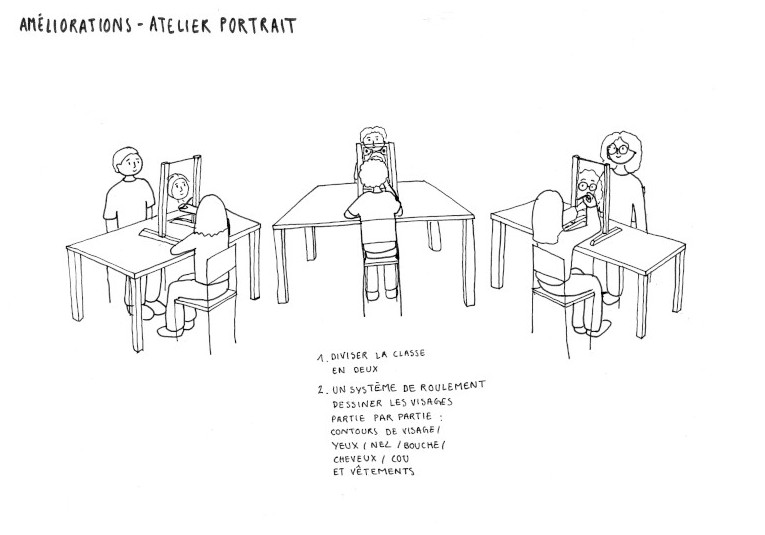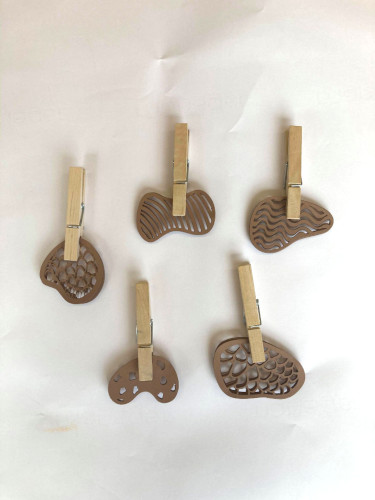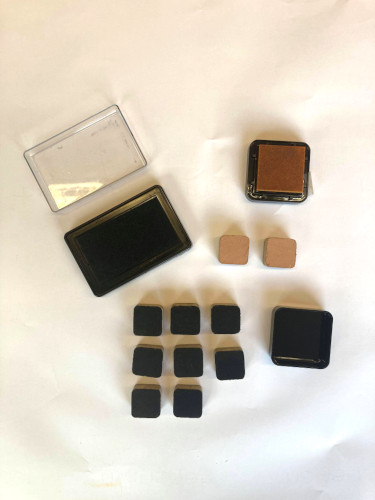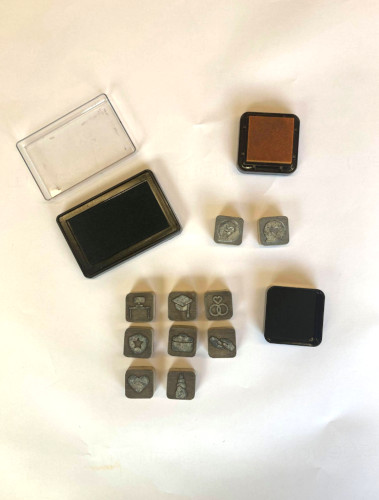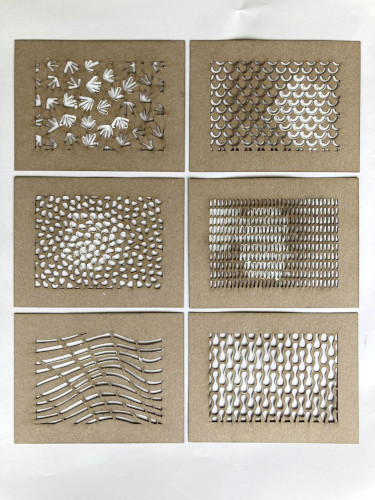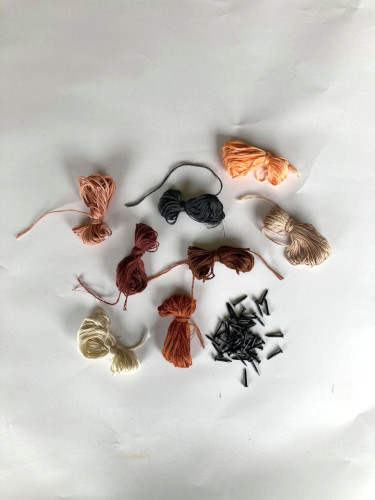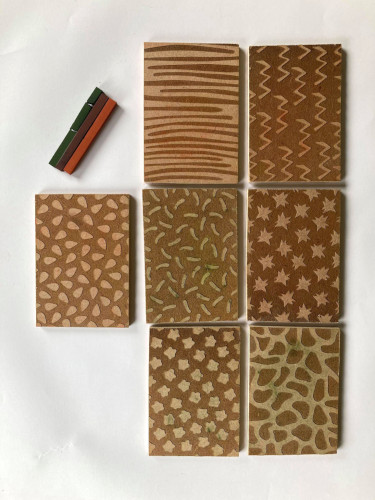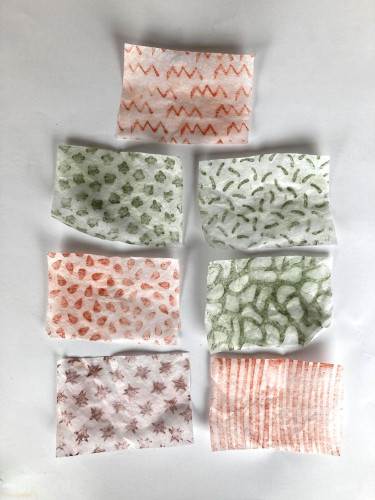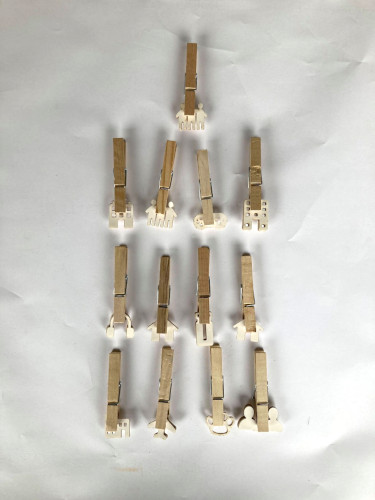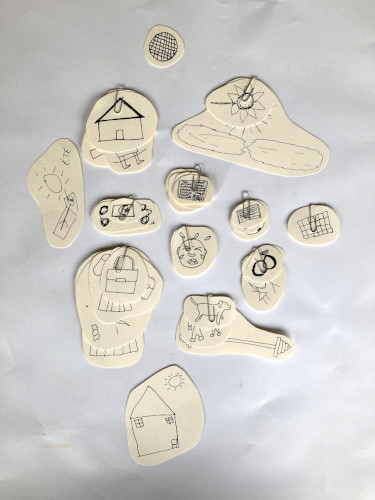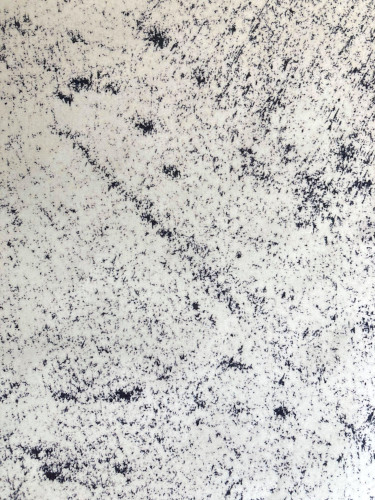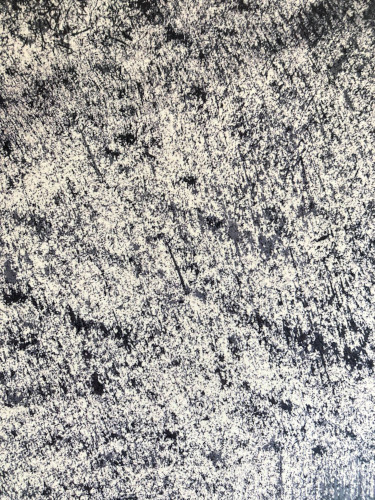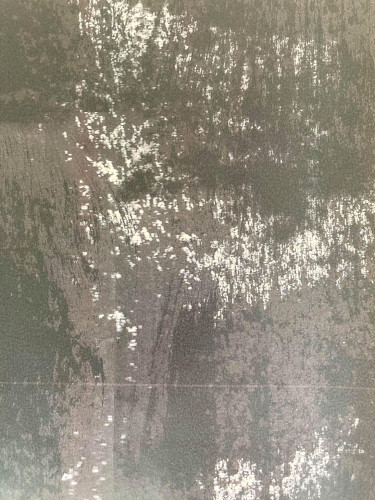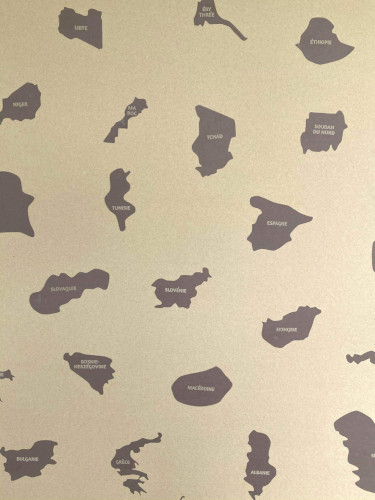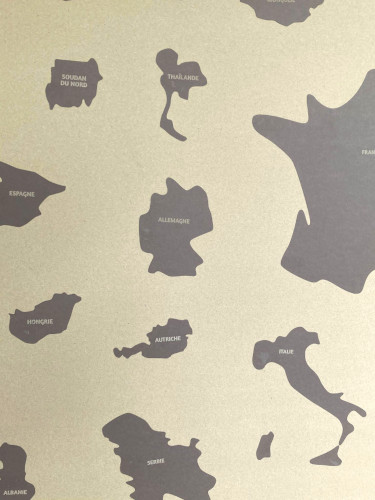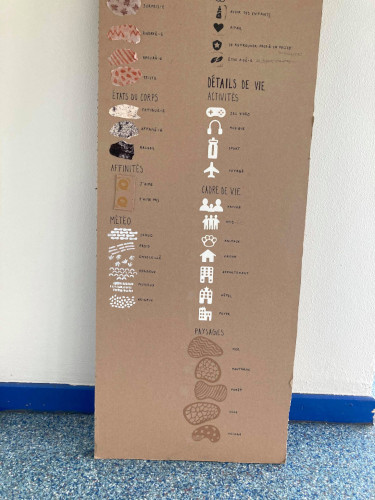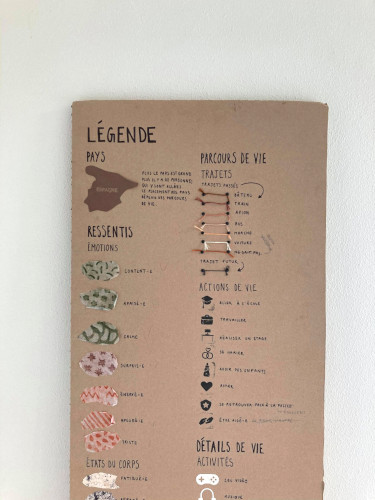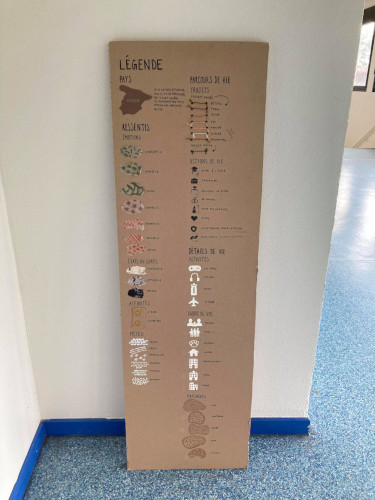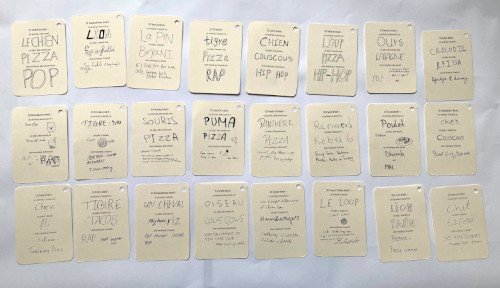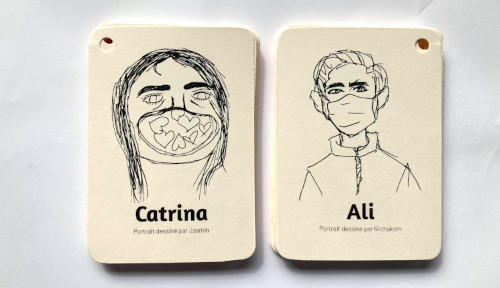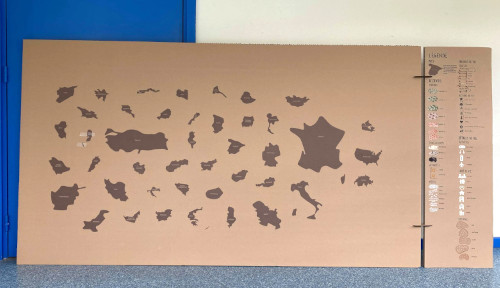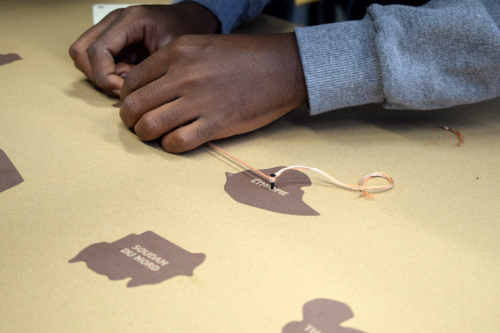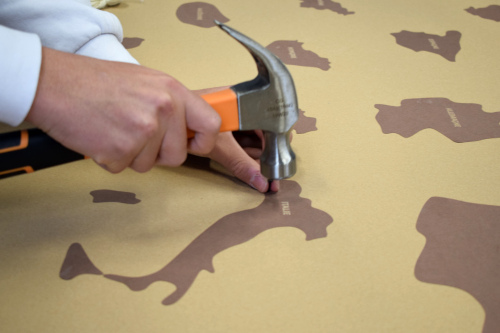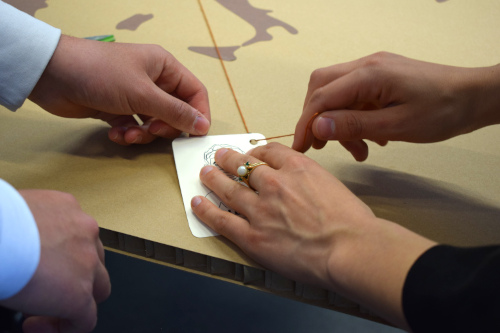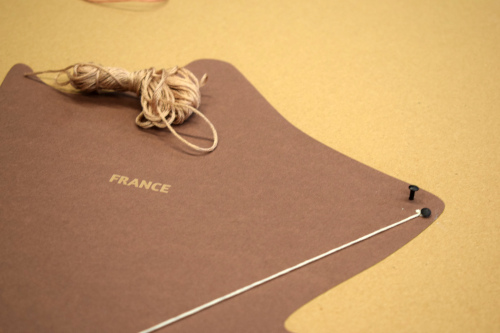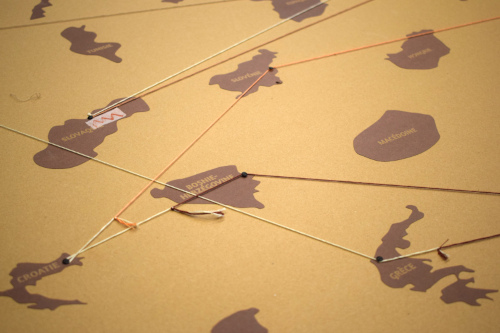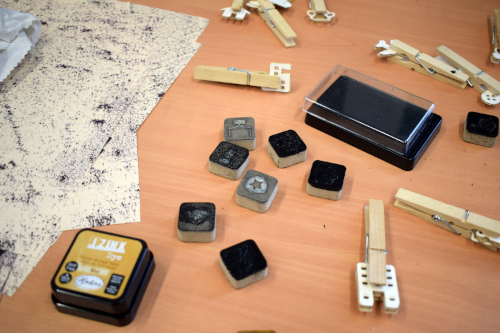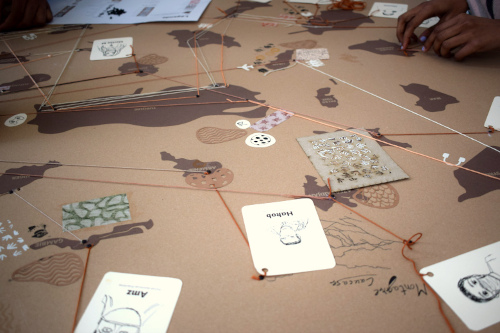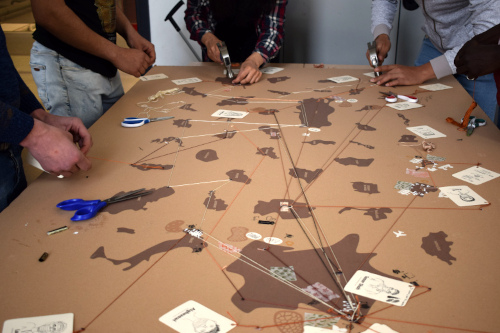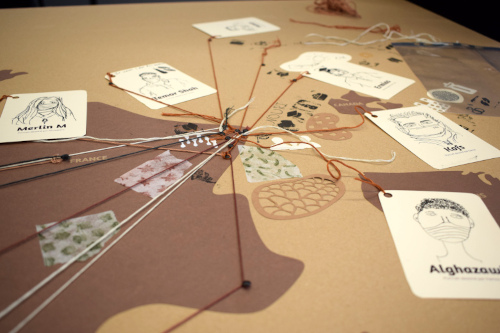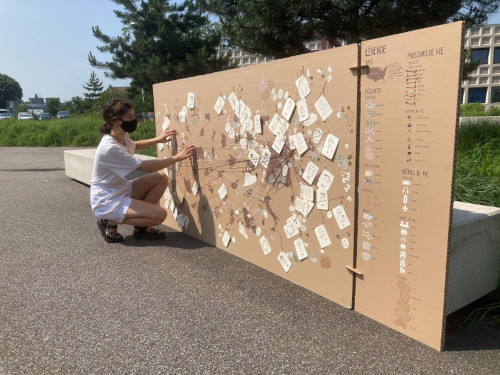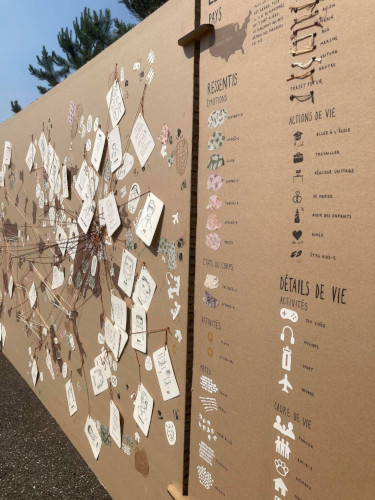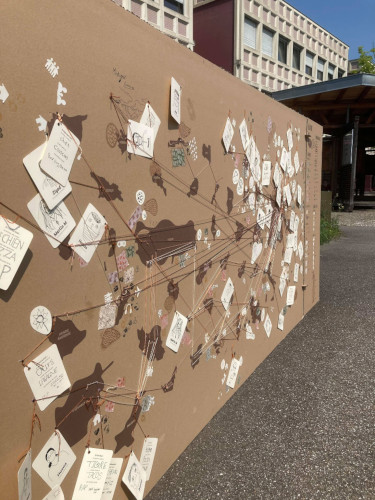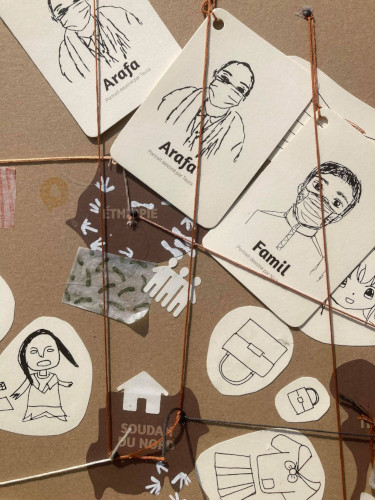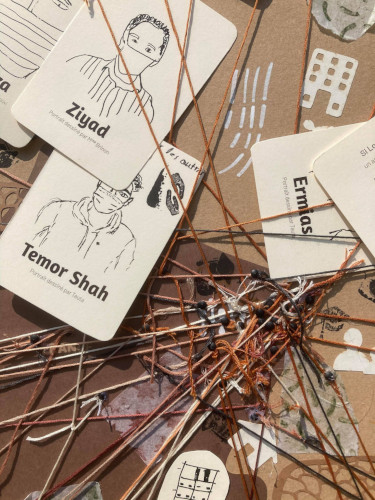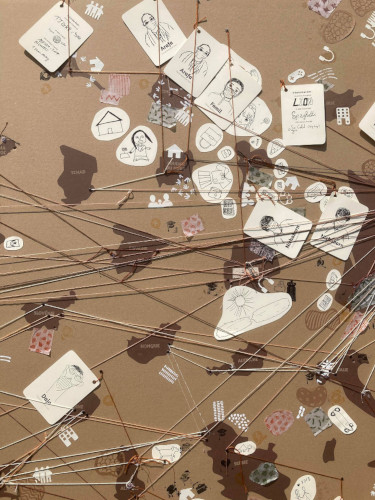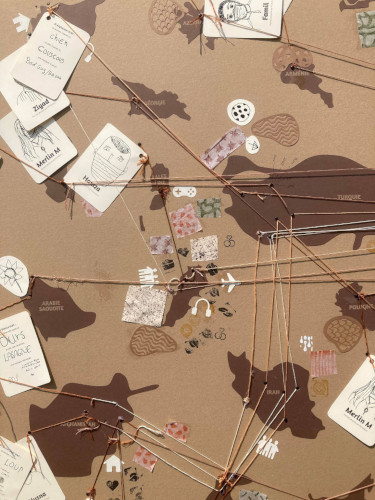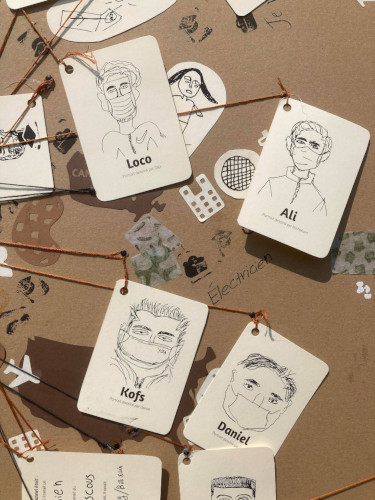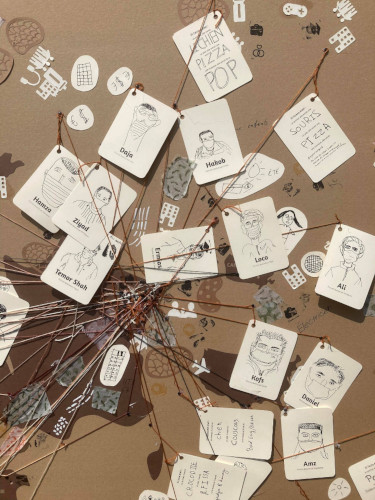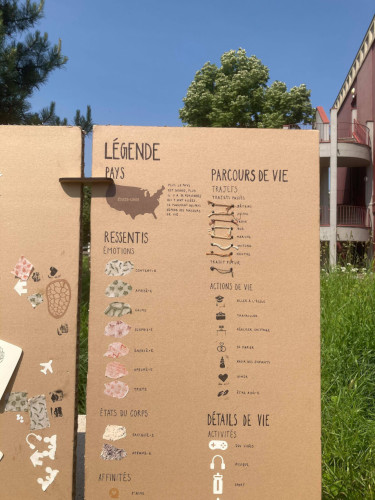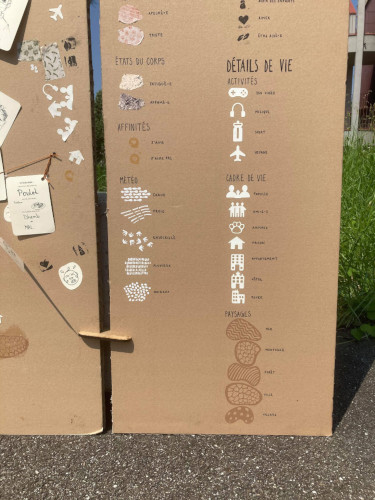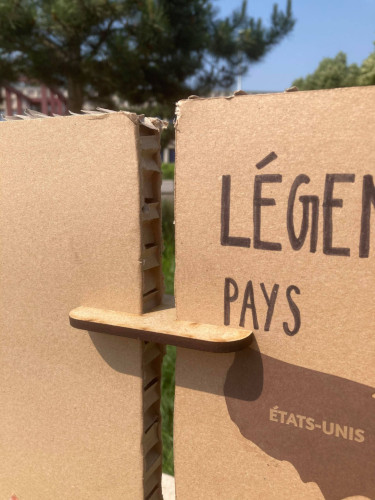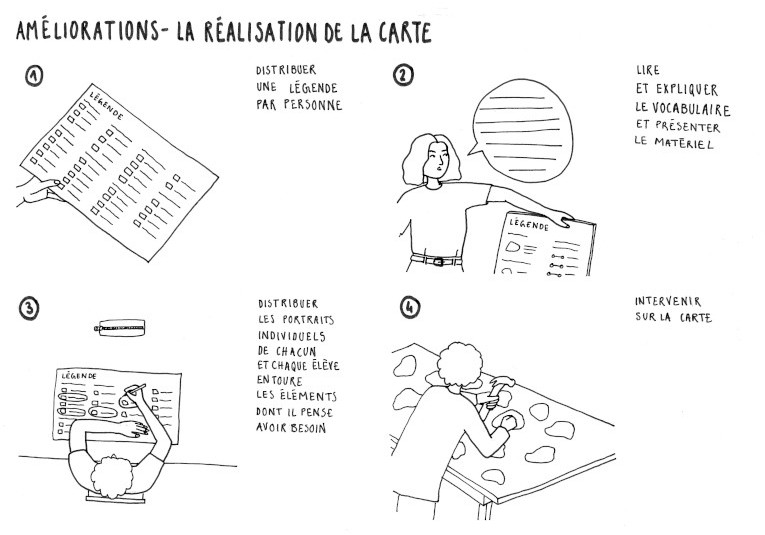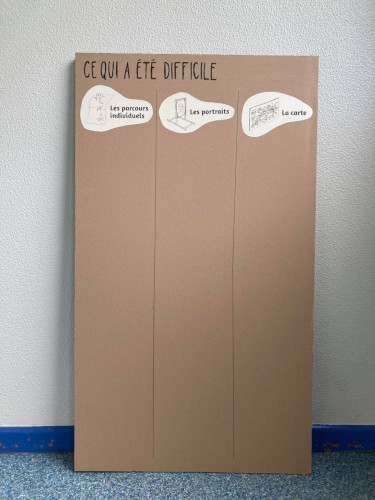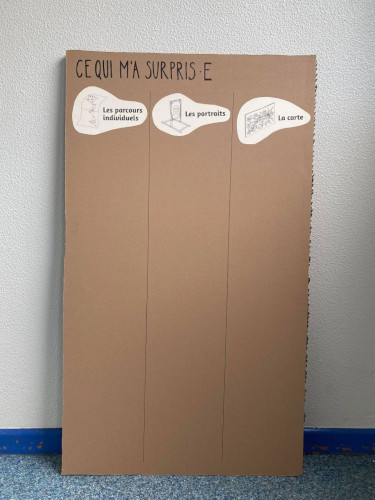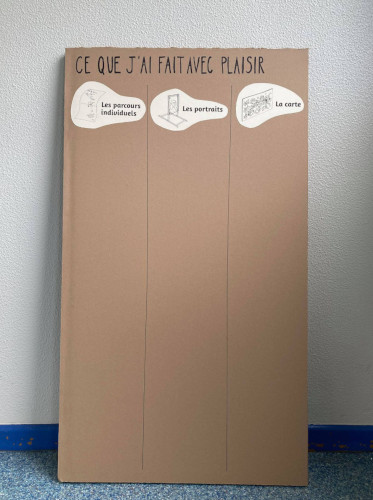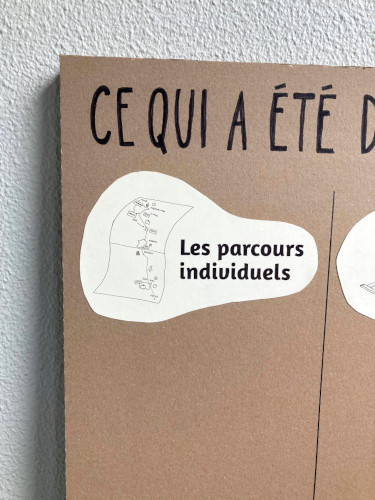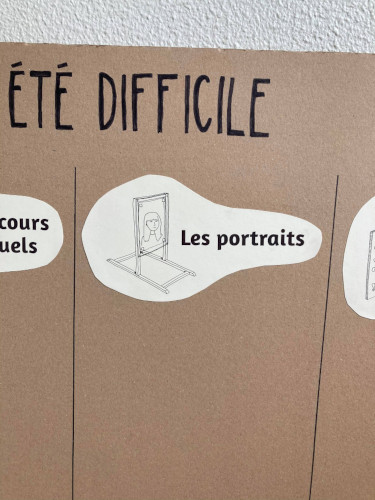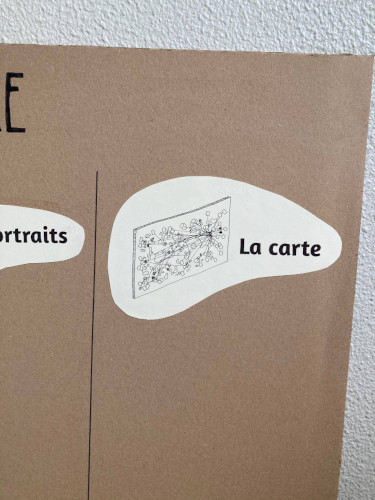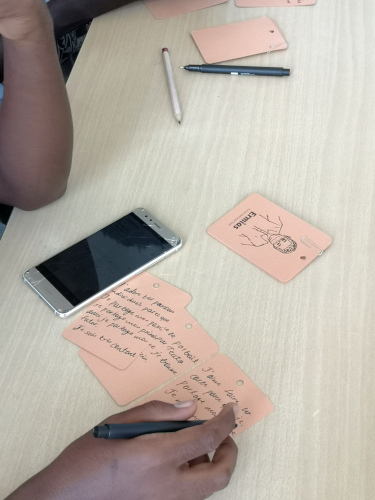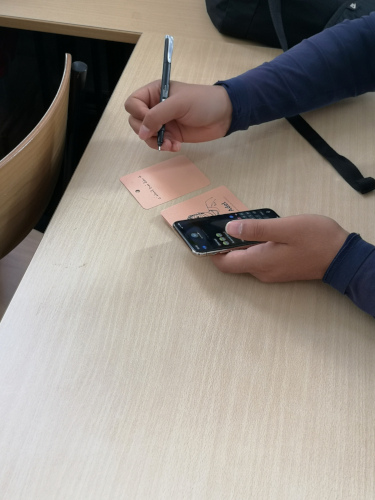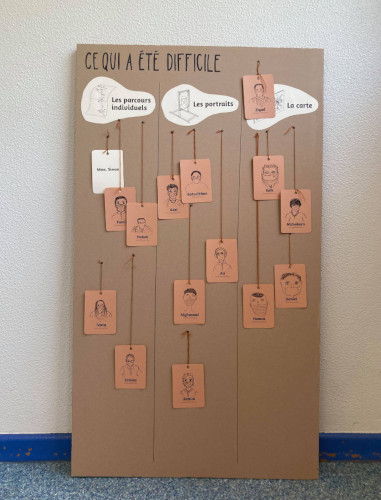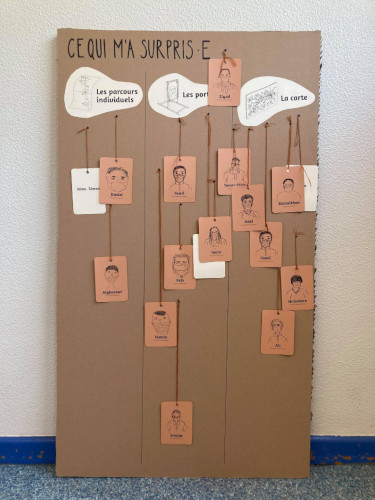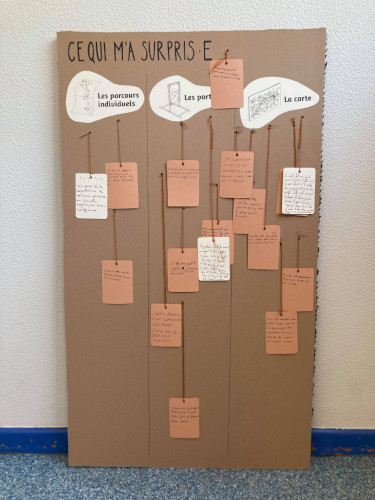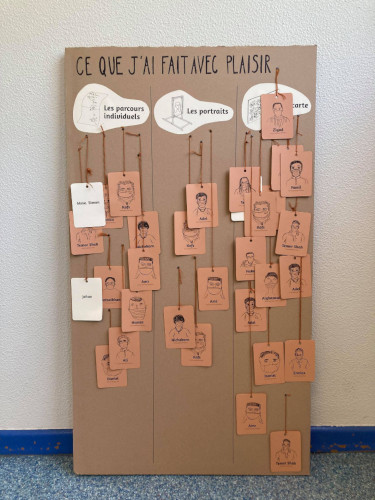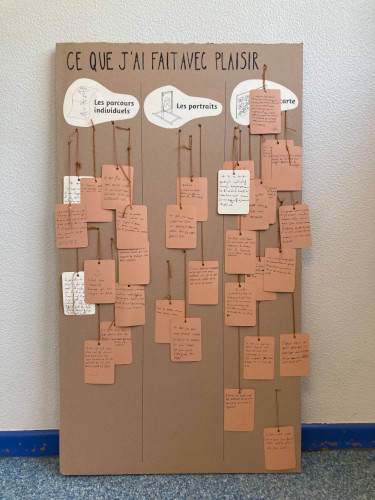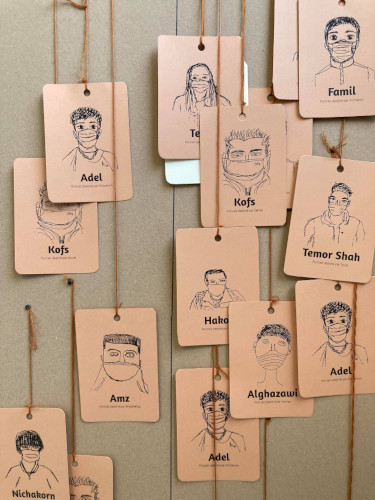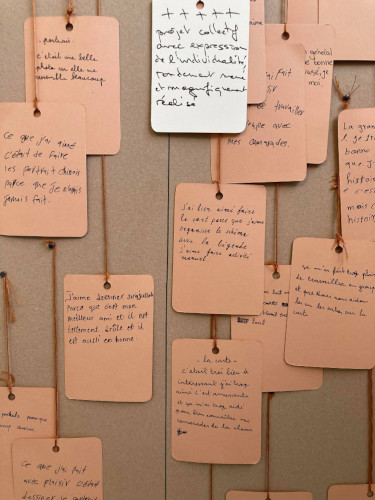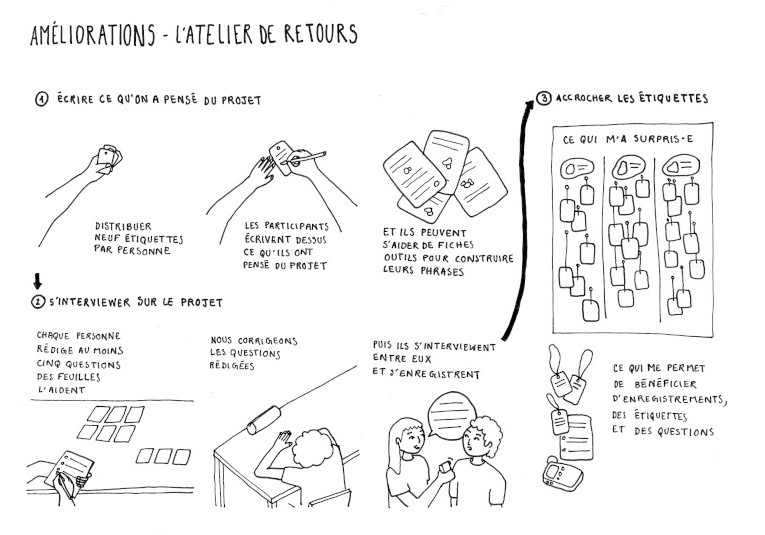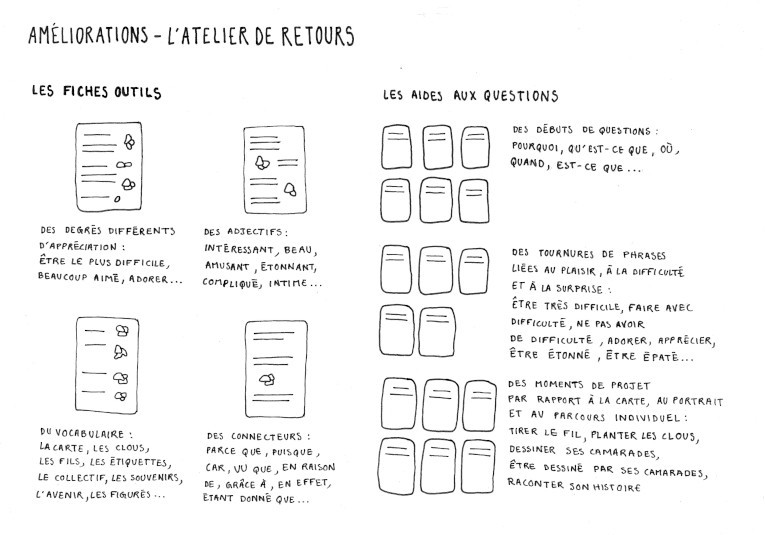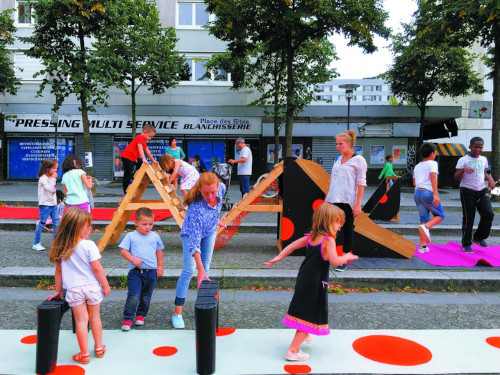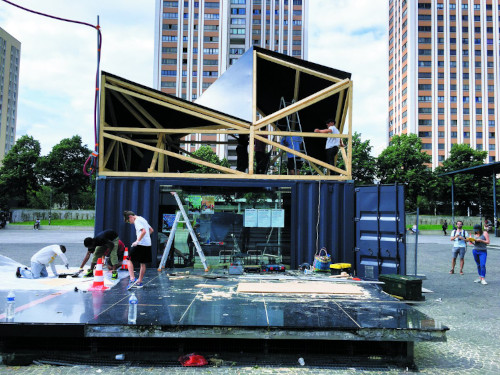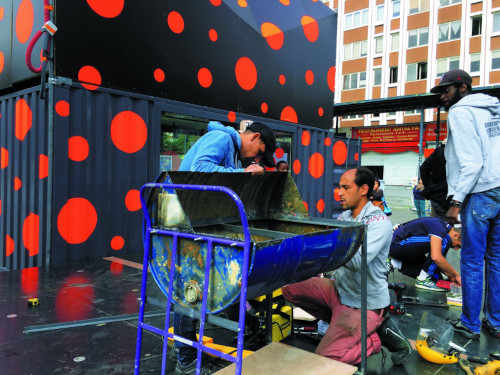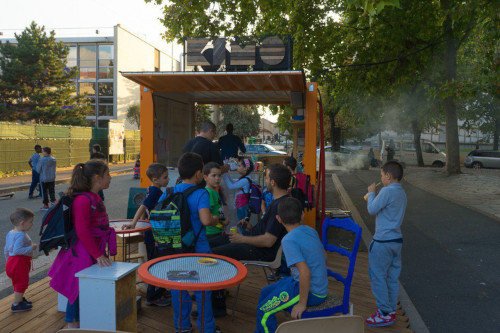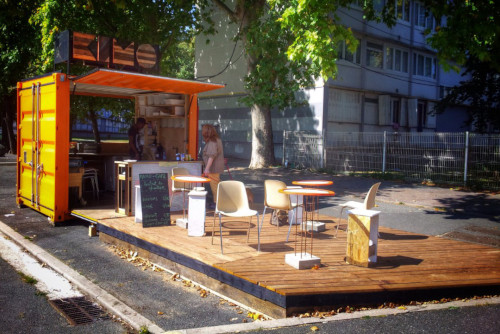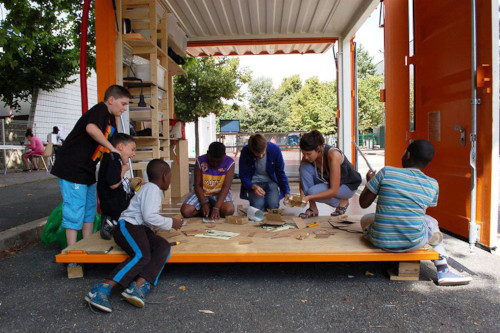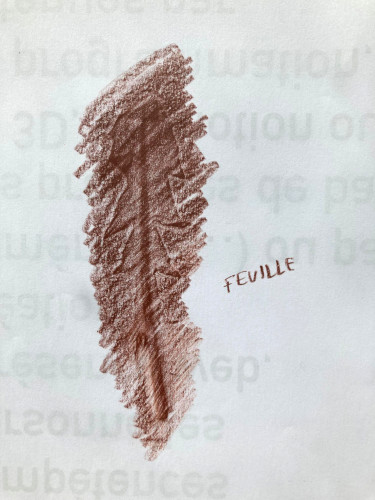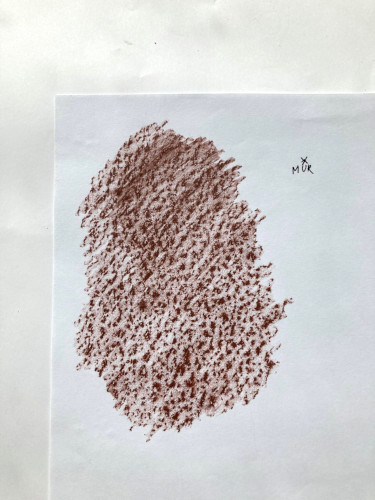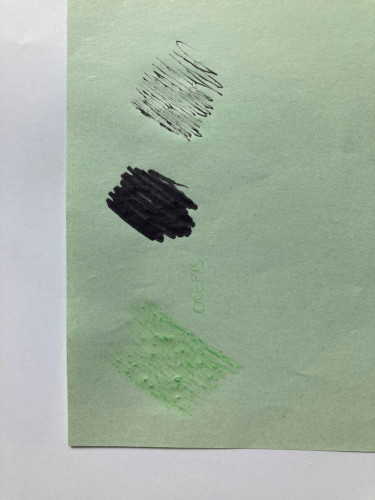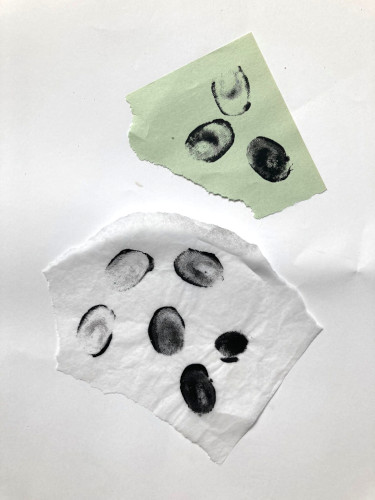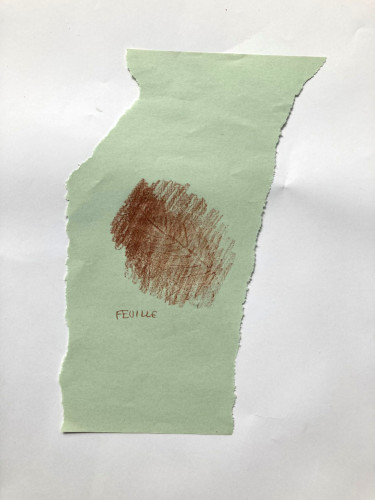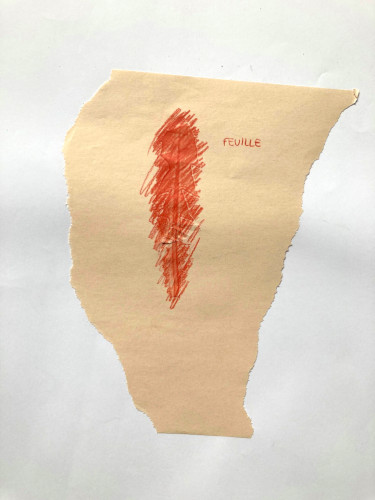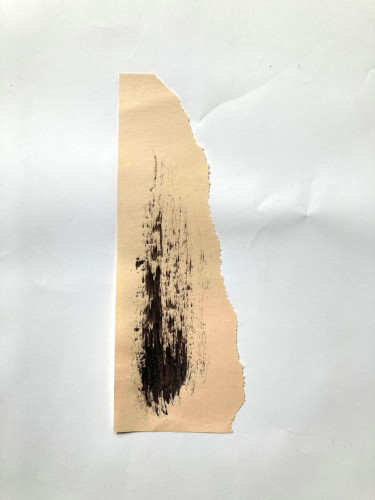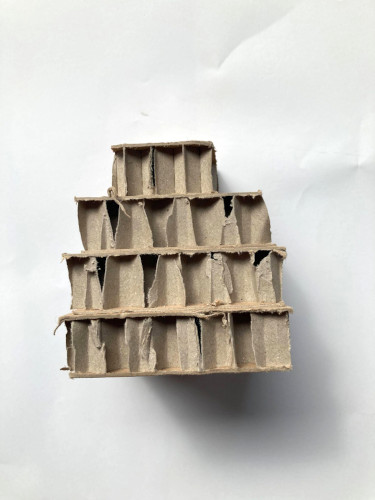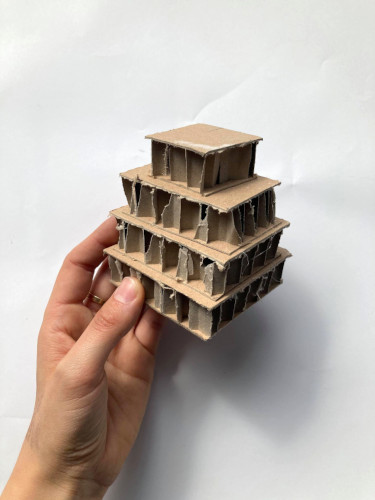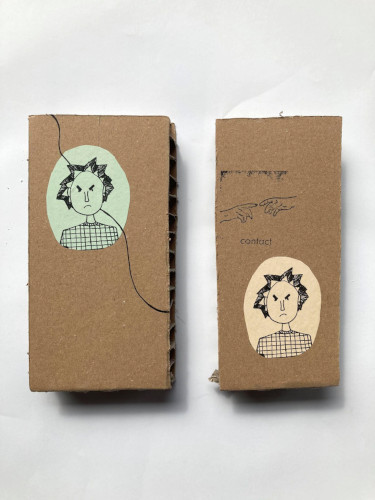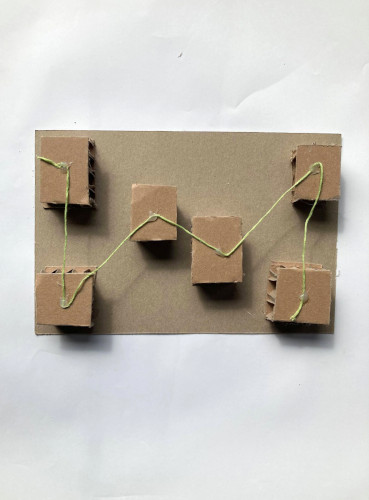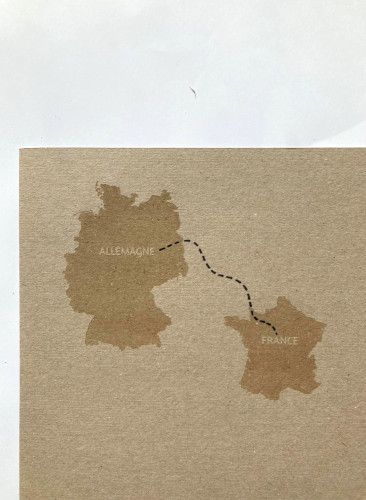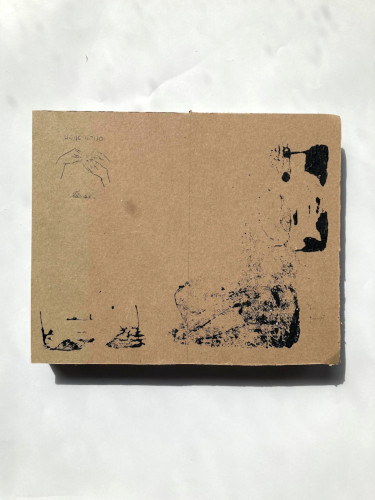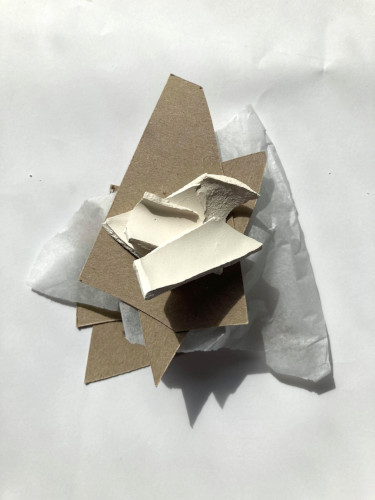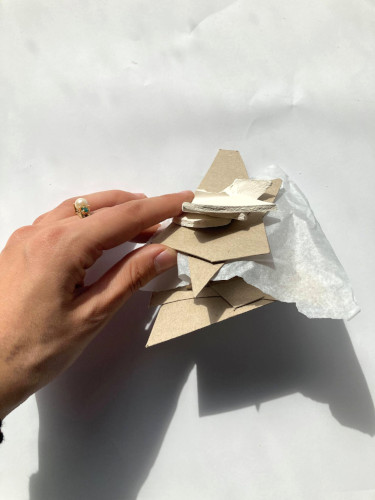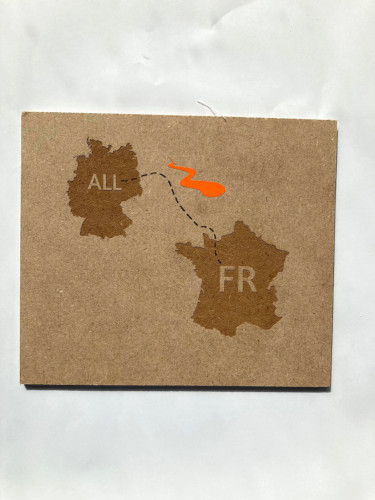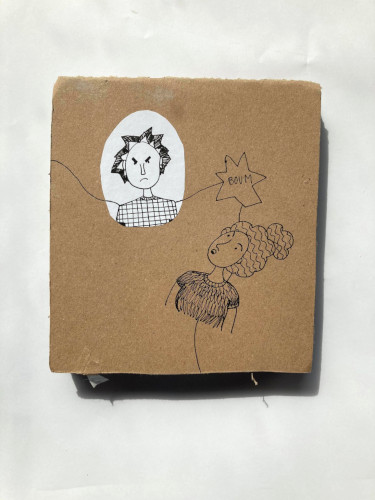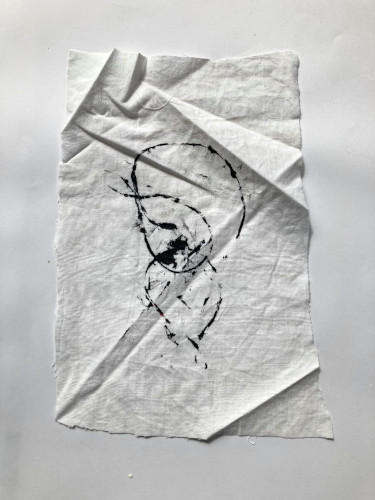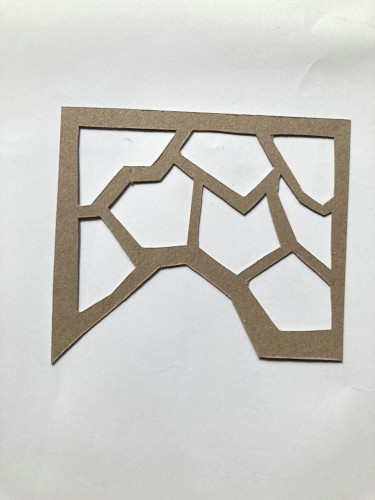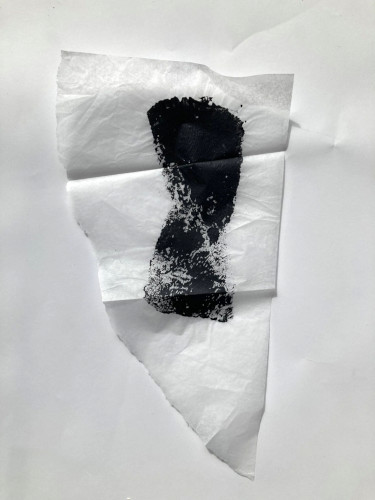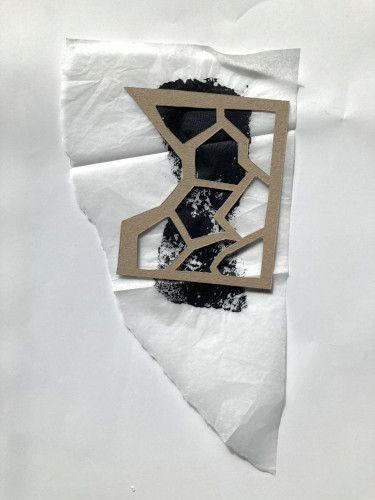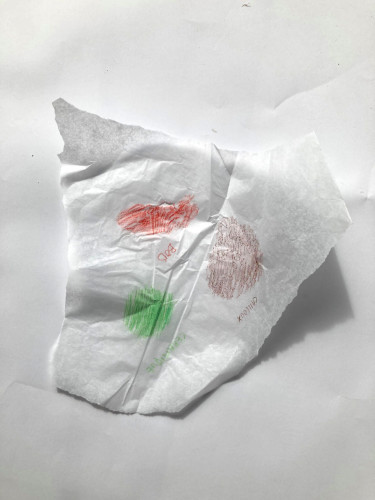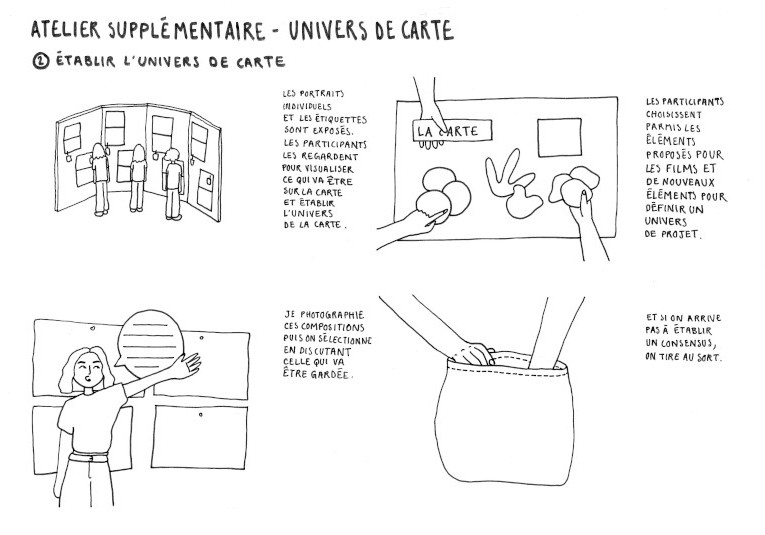Experiment with methods and tools in participatory design
Project completed in 2021
Link to the publication of my project on the platform “Social Design”
In May 2020, I formulated a research question which was: how can a designer intervene in the implementation of a collaborative project with people in situations of social exclusion? I started from this question to focus my memory and project work.
In June 2020, I created a teaser in which I projected myself about my project. In it, I say that I want to set up a collaborative project with people excluded from the social norm in order to promote their integration into society.
Link to the article on my teaser
I then produced a thesis which allowed me to arrive at the following problem: What tools and methods can the designer for social innovation put in place to allow users to intervene in the negotiation, the definition and the realization of a collaborative project?
This research work changed the project intentions that I envisioned in my teaser. I no longer wish to intervene in the social integration of people, because this involves the assimilation of values and I find it difficult to define legitimate values to be transmitted.
To test this problem, I would rather intervene within a collaborative project of the MOAF (the French Orientation and Learning Module, where people aged 16 to 18 devote a school year to learning French. ), during which I experiment with participatory design tools and methods allowing users to take part in the development and implementation of the project. I also say that I want to focus this project on ceramics and thus transmit different techniques of this know-how. On the other hand, at the beginning of the realization of my project, I noticed that this aspect is not necessary to test my problematic and that it is more relevant that my project responds to a request formulated by the educational team of the MOAF .
Link to the article on my thesis
The general principle of my project
I therefore responded to the following request: create a medium linking past life paths and intentions for the future of each MOAF student. This support must be movable and displayable.
This project aims to create a link between the students of the MOAF, who are divided into two classes, by telling their life experiences. It also aims for each person to project themselves into the future by talking about their life and professional projects. It also makes the link with other projects, such as conducting an interview with Chibanis, allowing the teachings to respond to each other and form a whole. MOAF students thus make contact with different stakeholders, between teachers, trainees, civic service people and students, through the realization of various projects. This opens their minds to different fields of possibilities.
Following this request, I thus thought of a project inspired by “Cartographie traverses”, an initiative carried out by twelve asylum seekers, two geography researchers and four artists. Together, they aimed to present migration, as well as related policies, in all their complexity. To achieve this, they produced various sensitive cards in paper, fabric, clay or from soundtracks, allowing each asylum seeker to express themselves on their migratory experience.
Link to the article on the “Traverse mapping” project
Images of the project, found on: https://visionscarto.net/cartographies-traverses
So I imagined a project where each participant presents their past and future life journey in a sensitive way on the same medium. Various participatory workshops punctuate the progress of the project. These workshops allowed me to experiment with tools and methods of participatory design.
The scenario of my project
Participatory workshops and their variants
The individual pathways workshop
The first workshop consists of each participant presenting, on a sheet of paper, his or her individual journey. They start from their birth, go to their current situation and project themselves into the future. They must trace their life path, outlining it and noting the countries they have passed through. He/she should also target milestones on his/her journey and detail them with different stickers, key words, phrases and drawings. Each person chooses what they want to talk about and how they want to approach it.
To carry out this activity, participants are given an A2 sheet with three dots on it: “past”, “present”, “future”. They also have stickers with pictograms. The pictograms used were found on thenounproject.com. Some have been slightly modified. They can also use papers with key words on them, parts of the world to trace the outlines of the countries and black markers to trace their path, write or draw.
The material of this workshop
Link to the pictograms that inspired me
This allows each participant to have a draft and then to work on the map. On my side, I can use this data to create the legend of the map and see which countries I should present on the support.
The realization of this workshop
Following this workshop, I realized that the life stages presented by the participants could be more detailed. To do this, they could have targeted three stages of their journey, one in the past, one in the present and one in the future, and explained them through the senses, by describing smells, sounds, landscapes, tastes, textures or feelings. Then, they could have discussed their journey in pairs or threes, questioned each other and added elements to their support. To do this, they could have used words written on paper, textures, stamps or colored sheets.
The scenario of the variant of this stage
The portrait workshop
During this workshop, participants drew each other. To do this, they were provided with a device that allowed them to visualize their classmate’s face. They also created their own Chinese portrait, completing a sheet of paper on which they had to imagine themselves as an animal, a dish and music.
The material of this workshop
The objective of this workshop was to have the participants create their own facial portrait and Chinese portrait to create labels presenting their personality influenced by their life path and the cultures that surrounded their past. These labels are displayed at the beginning and end of each journey on the map.
The realization of this workshop
The different portraits made
The different Chinese portraits made
In this workshop, those who drew better mainly drew the portraits of others, creating a series of portraits of the same style. It could have been interesting to have each student draw to obtain more varied productions. To induce this diversity, the class could have been divided in two, between the students drawing and the ones drawing, and a rotation system could have been set up, so that each student would draw a part of the other’s face. One person would draw part of the face of another, such as the outline of the face, and then move to draw the eyes of another person. This process would be repeated for the drawing of the nose, mouth, hair, neck and clothes.
The scenario of the variant of this stage
The realization of the map
We then created the map together. To do this, I first presented the participants with the intervention support, a large cardboard with the countries stuck on it, whose position depends on the life path of the participants, and the size, on the number of people who have been there. I also presented the legend. I then handed out a paper legend to each person. We read it together and explained the vocabulary. Finally, we worked on the map, tracing the routes with wires, hanging the labels and gluing the different figures.
Thus, each participant of the project has a paper legend where he can write on it, two labels, threads, papers of oneself with colored traces on it to express his feelings, paper with traces of different density to express his body states, stamps to express his affinities and life actions, tracings to talk about the weather, and paper shapes to glue to talk about his activities, his living environment and the landscape. Each person can also write, draw and glue drawings that they have made.
The material of this workshop
The material of this workshop
Link to the pictograms that inspired me
The participants created this map together. Each one presented his or her journey. This step was a moment of collective realization where people could exchange on their life and discover the stories of the others.
The realization of this workshop
The realized map
The realized map
By having participants work directly on the map after reading the legend, they did not always pay much attention to the meaning of the figures. They focused more on the symbol of each shape. Furthermore, they did not use their individual paths. It might have been interesting to change the flow of this workshop. After explaining the vocabulary of the legend, I could have handed out the individual paths and had the participants circle what they thought they needed for the map on their legend before acting on it. This would have made them pay more attention to the meaning of the figures.
The variant scenario of this workshop
The returns workshop
To finish the project, we conducted a workshop to get feedback from the participants and the educational team.
To achieve this, I induced sentence beginnings to guide the collection of their opinions, which are: “what pleased me”, “what surprised me” and “what was difficult”. The participants also situated their opinions according to different moments of the project: the stage of the individual journeys, the stage of the portraits and the stage of the realization of the map.
They were given three cardboard panels to display their opinions, each with three columns, to give the three main stages of the project. They had labels with their portrait on it, to link the opinion to a person, a black pen to write or draw and wire and nails to hang the labels.
The material of this workshop
This workshop allowed me to take note of each participant’s opinion on the project, by equipping this moment of exchange.
What emerged was that the participants generally enjoyed the project. They enjoyed talking about their past history by telling their story. They were able to express their individuality through their life stories. For some, it brought back memories. They also enjoyed doing this work collectively and discovering the backgrounds of others. Imagining their future allowed them to project themselves for the future, which helped them to think about their future. They found this work amusing, especially when they took portraits of each other and made the map. Some of the participants enjoyed using the materials at their disposal, i.e. the wires, nails and the legend. In addition, during this project, they did many things that they had never done before, such as drawing each other, making a Chinese portrait, pulling wires and nailing them to make a path. Some people have found it difficult to express themselves in the project: they are afraid of making spelling mistakes or don’t like to draw. Others had difficulty talking about their journey: it is difficult to summarize it in words and sometimes it is too intimate to be shared. Finally, one student felt that there was not enough room for everyone on the map.
The realization of this workshop
The results of this workshop
During this workshop, the participants were free to write whatever they wanted, which was interesting because it allowed me to obtain diverse testimonies. On the other hand, I noticed that these people, who are learning French, find it difficult to express what they think in writing. It could have been interesting to provide them with tool cards, created with the French teacher, to help them construct their sentences. Then, this workshop could have been completed with an interview moment, where the participants use cards to write five questions about the project. They then ask their classmate and record their answers. At the end of this activity, I would have the written opinions, the written questions, and the recordings available for review.
The variant scenario of this workshop
The place of the designer in my project and in participatory design
During my project, I noticed that the participants intervene in the realization of the map thanks to different participative workshops, but they do not take part in the conceptualization of the map: they do not think about the form that their life course will take, the display medium and the visual universe of the project. Thus, this work does not fully meet my project intentions, which are to allow the participants to intervene in the elaboration and realization of the map. It is therefore interesting to wonder if the workshops I set up are indeed participatory design workshops.
In the project “Faites la place”, realized in 2016, the collective Faites organizes a participatory design project, where users take part in the elaboration and realization of the initiative. This collective creates a place of research-action within which the inhabitants of the 19th arrondissement of Paris realize different experiments towards their ideas on the rehabilitation of the Place des fêtes. This project passes, first of all, by a stage of construction, where its actors build, during collective workcamps, the place CAPLA (CAbanon de la PLAce), a place of formulation of ideas. In August, four workshops on the themes of listening, games, plants and flavors were held. During these workshops, users design, build and experiment together. In September and October, the inhabitants create new cultural, educational and festive proposals for the square.
Link to an article about the project
Images of the project, found on: https://plateforme-socialdesign.net/en/decouvrir/faites-la-place
The Kimo project, by the YA+K collective, is also a participatory design project. It allows the inhabitants of the city of Ivry on stage to formulate ideas and to imagine them in relation to the identity, the program of design and the realization of the furniture for the city’s neighborhood house. All this takes place within a place of creation and common experimentation, in a container-micro mobile equipment, where a fab-lab is located and DIY workshops take place.
Link to an article about the project
Images of the project, found on: https://plateforme-socialdesign.net/fr/decouvrir/kimo
In the article “Designing with attention to environments, studies on the exhibition modalities of participation design”, Marine Royer says that: “If, a large part of the work of design is to represent absent forms, participation designers exhibit above all “images of thoughts” created to “tame what language is powerless to grasp: the emergence of thought in its secret effervescence”.
She thus asserts that the designer of participation puts in place tools to allow users to formulate their ideas regarding the project. This is what the Faites collective does with its CAPLA space and the YA+K collective with the creation of its container.
During my project, I did not carry out a workshop to formulate ideas. This is due to the fact that, during its elaboration, I thought it as a finished thing, detailing each step to arrive at a precise result. But in a co-creation project, you don’t know where you are going from the beginning. This depends on the ideas of the participants. I also considered that allowing users to intervene in the realization of a project was enough to make participative design.
This lack of consideration of the participants in the elaboration of my project is felt, for example, at the time of the conception of the universe of the map. I established it alone, from various experiments carried out.
The experiments
The experiments
To make up for this lack, I thought of a workshop that I could set up allowing the participants to define the universe of the card. This workshop starts with an awareness stage on what makes the universe of a project. In groups of five, each participant watches videos, images and listens to excerpts from one of three films with well-defined universes. These films are “The Matrix”, “Harry Potter” and “Le fabuleux destin d’Amélie Poulain”. Then, they have to associate this film with shapes, colors, materials and typography. They arrange all these elements on a table and their composition is photographed. They do this for all three films. Then, these images are printed and displayed. The participants look at them and exchange about the worlds of each group. They do the same thing for the universe of the map. They first analyze the individual paths and labels that have been made. Then, they define a universe for the project, choosing shapes, colors, textures and typography. Photographs of each composition are exhibited and the participants exchange about it to choose a final card universe. If consensus is not possible, then this world is drawn at random.
Workshop scenario
To improve my project, I could also have thought of workshops for participants to think about how they want to represent their life journey and the medium in which these are displayed.
Conclusion
During this project, I was able to set up workshops to engage MOAF students in the project. I also thought of variations of these workshops to have participants detail their life journeys more, have more variety in the visuals of the labels, be more respectful of figurative meanings, etc.
The realization of this project allowed me to learn about the implementation of collaborative projects, where the form of the project is not defined from the start, but is established with the users thanks to devices allowing them to formulate their ideas. I realize that, in order for my workshops to be participatory design workshops, they should have allowed the participants to intervene in the elaboration of the project, as for the “Faites la place” project, the “Kimo” project and my workshop hypothesis regarding the world of the map.
Marine Royer concludes her article by affirming that the role of a designer in participatory design is to expose the ideas and experiments of the users with regard to our ways of inhabiting the earth, in order to create, through collective intelligence, new social, cultural and environmental constructions. She defines participatory design well, stating: “Taking advantage of the reflection on the Anthropocene and considering it as a cultural and aesthetic moment of reflexion, of awareness of our vulnerable condition – at the same time global and local -, it would seem that participatory design questions our direct involvement in this systemic vulnerability and tries to redefine new ways of inhabiting the Earth, notably through these exhibitions. It is indeed about taking advantage of these moments of display to recognize this vulnerability and transform them into a vector for collective action.”
The scenography for my project presentation
